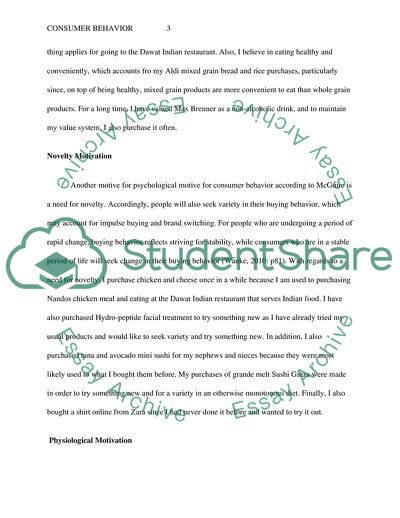Cite this document
(Internal Influences on Consumer Behavior: Motivation Assignment, n.d.)
Internal Influences on Consumer Behavior: Motivation Assignment. https://studentshare.org/marketing/1828138-consumer-behaviour
Internal Influences on Consumer Behavior: Motivation Assignment. https://studentshare.org/marketing/1828138-consumer-behaviour
(Internal Influences on Consumer Behavior: Motivation Assignment)
Internal Influences on Consumer Behavior: Motivation Assignment. https://studentshare.org/marketing/1828138-consumer-behaviour.
Internal Influences on Consumer Behavior: Motivation Assignment. https://studentshare.org/marketing/1828138-consumer-behaviour.
“Internal Influences on Consumer Behavior: Motivation Assignment”. https://studentshare.org/marketing/1828138-consumer-behaviour.


